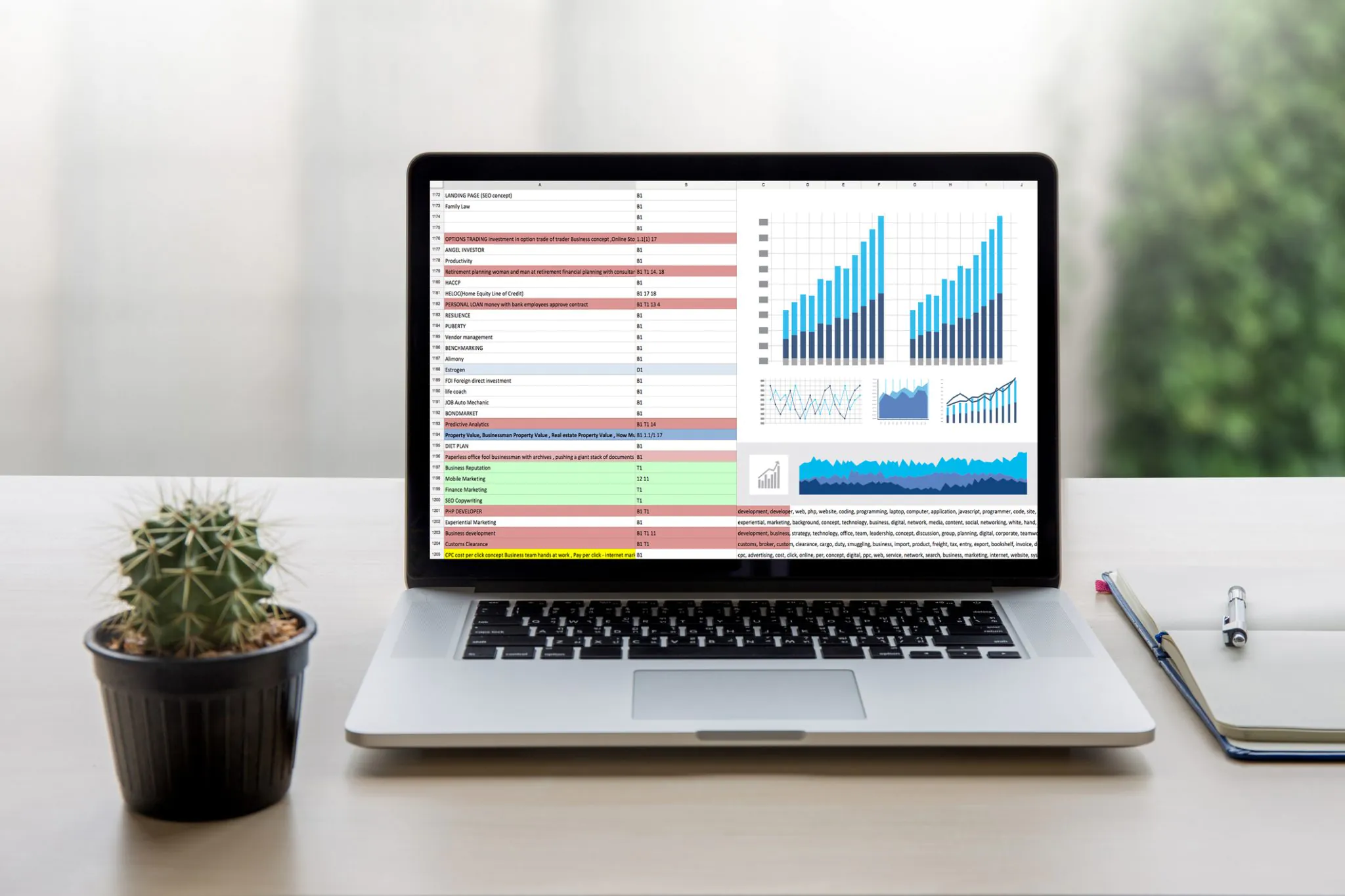There are two terms circulating the Internet that has sparked much debate among marketers, advertisers and digital experts: MarTech vs AdTech. It all started with a 2016 Wall Street Journal article that differentiates the two based on their billing structures alone.
So which one is better? If advertising is just a facet of marketing then isn’t AdTech just MarTech? What boundaries separate the two, and most importantly, why should it matter to your business?
Well, as two different-functioning technologies with no universally-accepted definition that are almost one-in-the-same, it’s important to learn how to differentiate the two without confusion: because without the synchronicity of both, you could fail to capture a large and lucrative digital consumer audience.
The debate will still rage on but let us equip you with the facts because arguments over semantics are futile. We want you to gain the most out of the new tools available for what actually matters: promoting your business and converting sales.
Whether you’re a B2B or B2C, getting past the AdTech vs MarTech semantics will lead you to harness the full capabilities of a profitable digital landscape.
The MarTech vs AdTech Differences
Let’s start with the basics…
Advertising (AdTech) — it is all about prospecting new clients and building a brand. The process is more transactional and the technologies focus on driving impressions, increasing click-through rates, frequency, etc.
Marketing (MarTech) — it implies furthering relationships with known clients by reaching known people through customized digital experiences and incorporating collected data that makes measurement and attribution easier and more efficient.
Now the delineating differences…
- Billing Model
This was the defining difference mentioned in the WSJ article, and arguably what initiated the debate. AdTech follows a business model that collects revenue based on the volume of advertising their clients generate. The AdTech target market is primarily third parties in the advertising world like ad agencies, over the marketers themselves.
MarTech, on the other hand, generates revenues from selling subscriptions of their software (SaaS). Marketers generally pay MarTech companies a yearly subscription fee to use the software.
For everything about MarTech, read our Introduction to MarTech: What You Need to Know in 2018.
- Data & Identifying Customers
MarTech data is hyper-precise and targets segments of customer data. It is not anonymous and helps marketers create personalized experiences for their target customers. MarTech uses PII (Personally Identifiable Information).
AdTech on the other hand only has cookies to work with, which is 3rd party and behavioral data that are completely anonymized. The data is less precise and advertisers need powerful algorithms to segment, match, target and optimize the cookies.
- Channels
AdTech reaches customers through 3rd party media, where they sell their “ad-space” to advertisers. This includes Google and Facebook, but the two, among many other companies, are blurring the lines of MarTech vs AdTech ownerships.
MarTech has owned media, like websites and emails, and utilizes tools like CRM software, customer analytics, workflows and more to focus on existing and prospective customers.
Must Read: How To: Ultimate Guide to Building a MarTech Stack in 2018
The Convergence of MarTech vs AdTech
AdRoll’s APAC VP and managing director, Ben Sharp, says that “AdTech and MarTech are in many ways trying to deliver a similar result, the execution and channels used are slightly different. … This consolidation can deliver efficiencies for the client with one vendor that intimately understands the client’s business and objectives and allows for streamlined reporting”
The differences of MarTech vs AdTech start to converge when you start to understand what these technologies do. Marketers and advertisers are sharing technologies and figuring out how to utilize the differences to benefit their goals. For example, data management platforms (DMPs) are considered a crucial component of AdTech. Originally used for targeting and retargeting advertising, marketers now increasingly use it to personalize websites and email campaigns.
Both of these technologies are just broader ways of sourcing data and are tools that share a fundamental idea: reaching the right audience at the right time, through the right channel and with the right message. It’s who controls the data that causes roadblocks to the full integration of MarTech vs AdTech. Until data ownership is figured out, this roadblock will likely cause a domino effect of other roadblocks (decision making, differences in data, etc) and interfere with the full convergence.
So What’s the Future of MarTech vs AdTech?
2018 poses to be a great, yet unpredictable year for MarTech vs AdTech tools. The digital marketing/advertising ecosystem is already so vast and with nearly 5,000 technologies to choose from and these two technology bases will only create more opportunities. Expect changes, improvements and new opportunities to reach customers and businesses alike.
As Adam Berke, Adroll CMO, says, “I don’t think it’s important for marketers to know about the distinction at all because it has nothing to do with them doing their job well. They should focus on the outcomes they’re trying to drive and the solutions that will help them drive those outcomes. I don’t think marketers wake up in the morning worried about whether a solution fits into either “ad tech” or “mar tech”. They should focus on how the technology provider helps them address a particular problem.”
You may also enjoy reading:
- Important MarTech Statistics You Need to Know in 2018
- Top 10 Industrial Automation Companies in India



